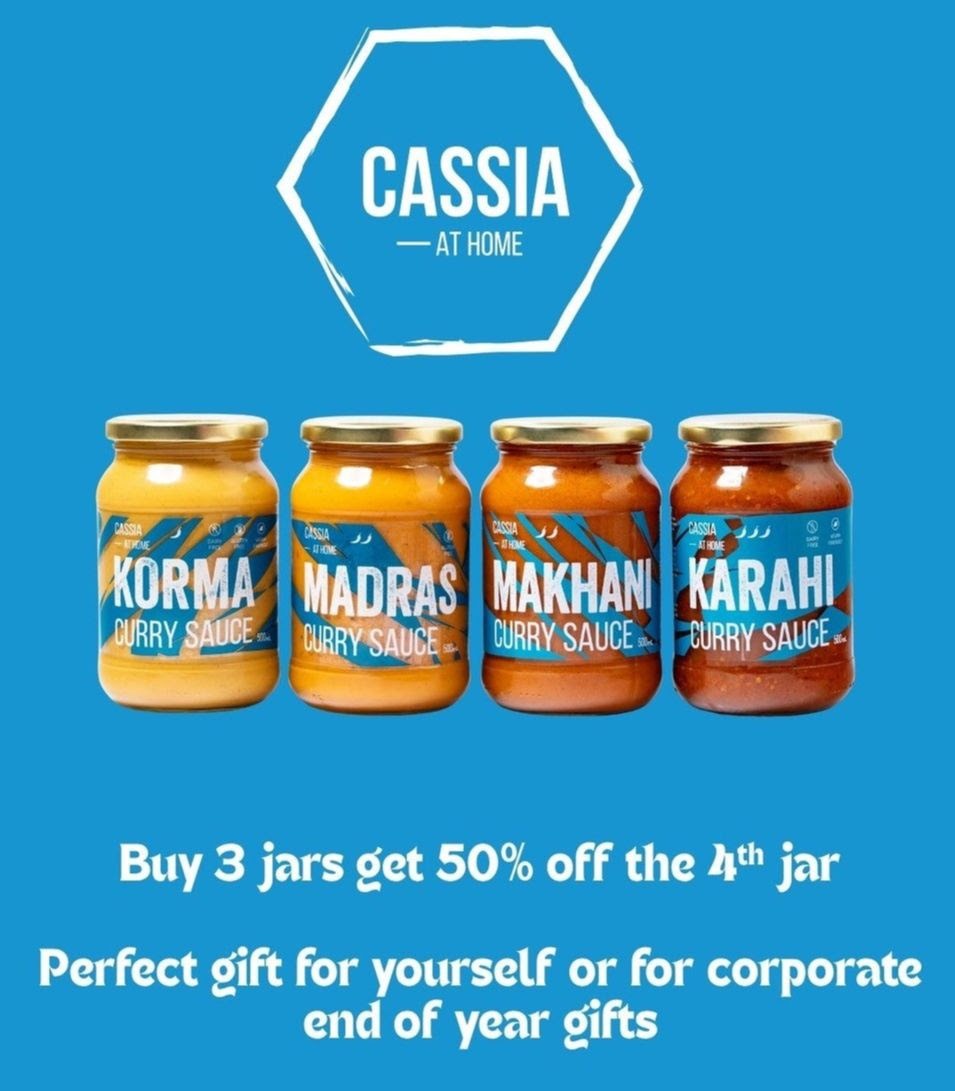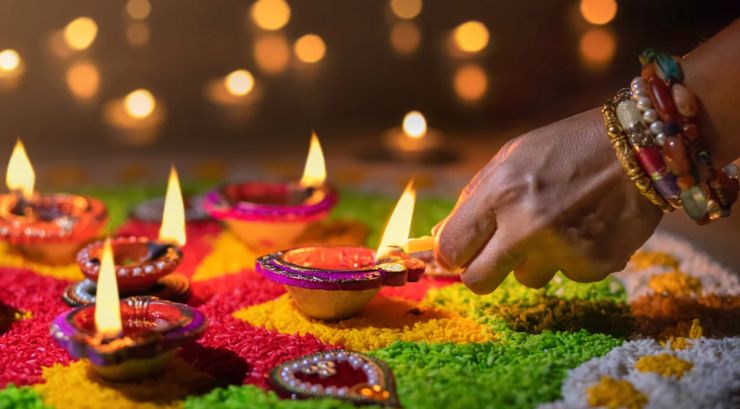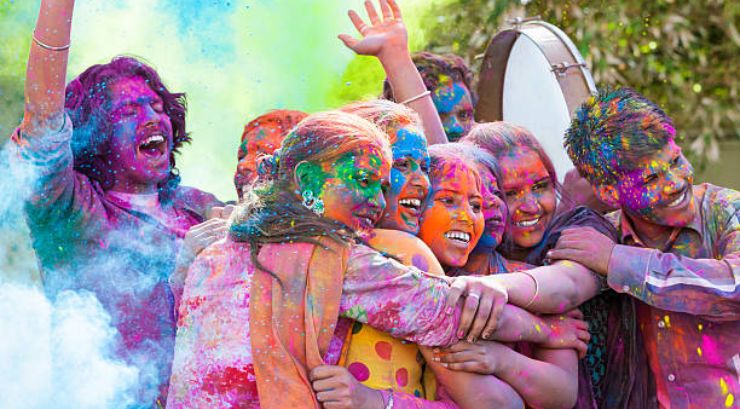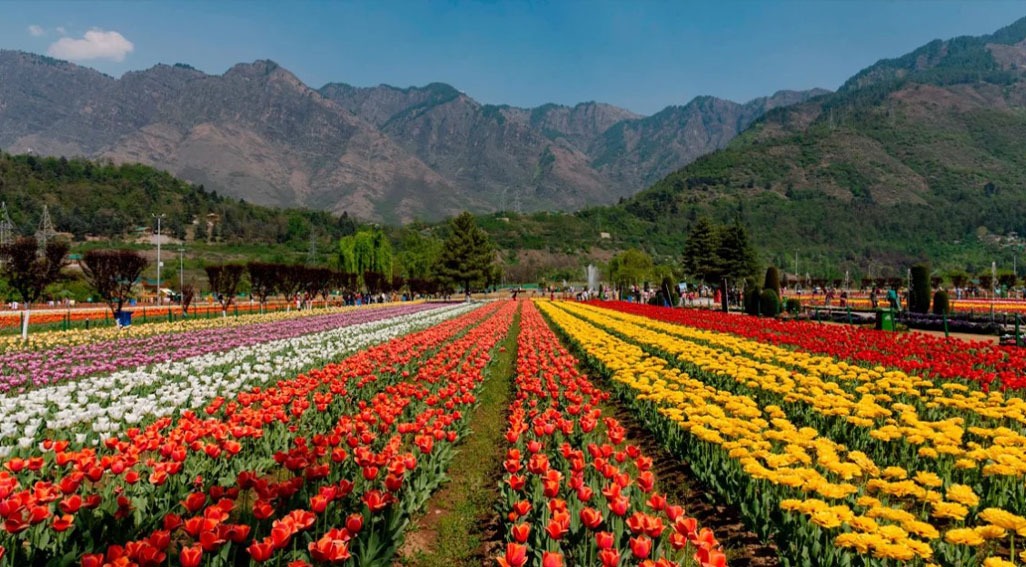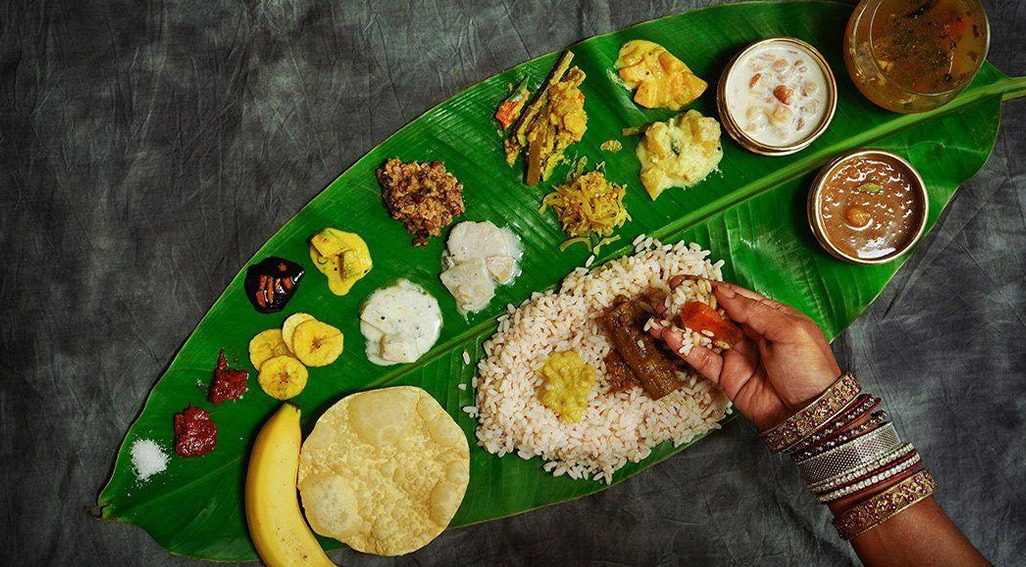HAPPY DIWALI!
Next week India celebrates Diwali, the Festival of Lights. Homes glow with oil lamps, colorful rangoli designs brighten entrances, and families exchange sweets and gifts. Streets sparkle with fireworks, and local markets will be buzzing with Diwali decorations, creating a joyful atmosphere. It’s a time of tradition, togetherness and celebration — a magical time of the year to experience India at its brightest. Our group of foodies will experience the magic later this month when they stay and celebrate Diwali in a palace in Udaipur.
The tour that we launched last month to celebrate Holi in India (March 2026) hosted by the
wonderful Sid and Chand, has been as popular as we thought. We have received bookings from
families and groups of friends travelling together – truly the best way to experience India. Just
two spots remain! You will find the itinerary and details under the ‘Small Group Tours’ tab.
DESTINATION OF THE MONTH
UDAIPUR
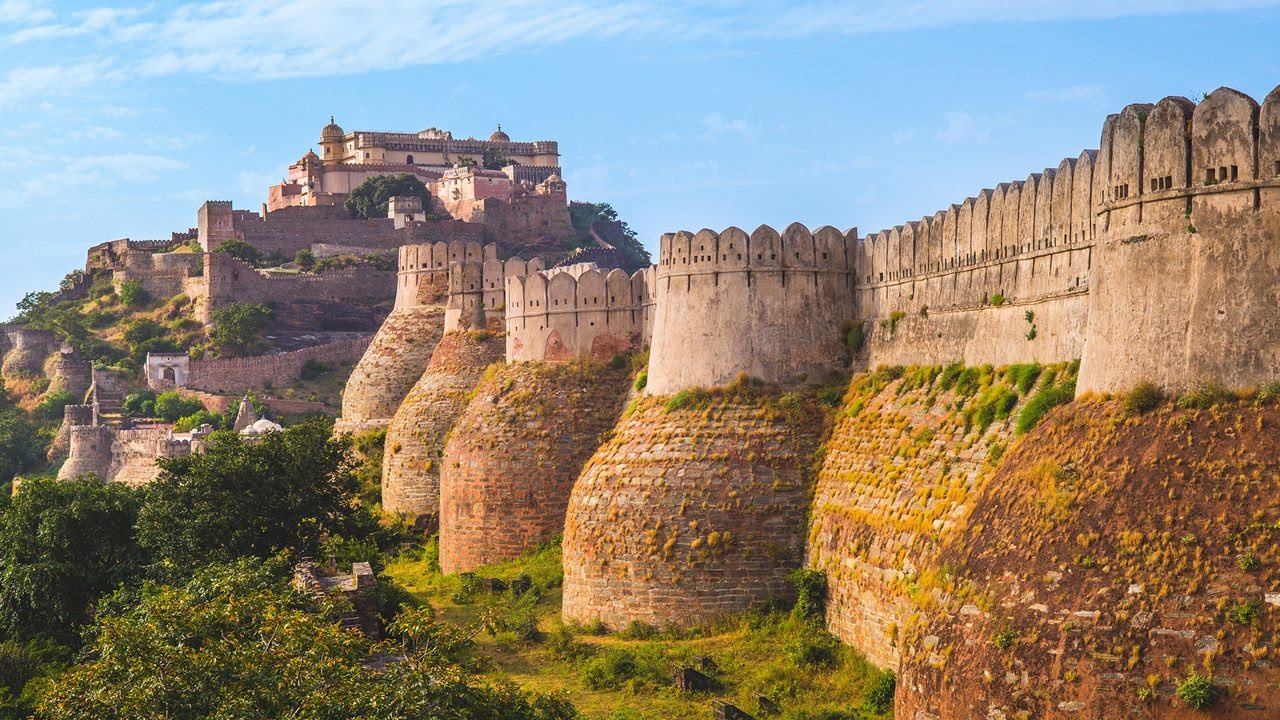
Udaipur is often described as India’s most romantic city and is also called the ‘City of Lakes‘. Founded in 1559 by Maharana Udai Singh II, it became the capital of the Mewar kingdom after Chittorgarh was lost to the Mughals. Over centuries, Udaipur became a symbol of Rajput pride and resilience reflected in its forts, palaces, and temples. Set among the Aravalli Hills and built around shimmering Lake Pichola, the Lake Palace seems to float on the water, while local markets and rooftop cafés bring the city alive. A visit to Udaipur feels like stepping into Rajasthan’s regal past.
The image above is Kumbhalgarh Fort. It is only 85 km from Udaipur, and one of Rajasthan’s great treasures. Built in the 15th century by Rana Kumbha, it served as a safe refuge for the rulers of Mewar in times of conflict. The fort’s walls stretch an astonishing 36 kilometres – second only to the Great Wall of China – and enclose several palaces, 300 temples, and step wells. It was here that Maharana Pratap, the legendary Rajput warrior, was born. Today, visitors can walk along the massive ramparts, take in sweeping views of the Aravalli Hills, and sense the fort’s enduring strength and timeless history.
DIWALI
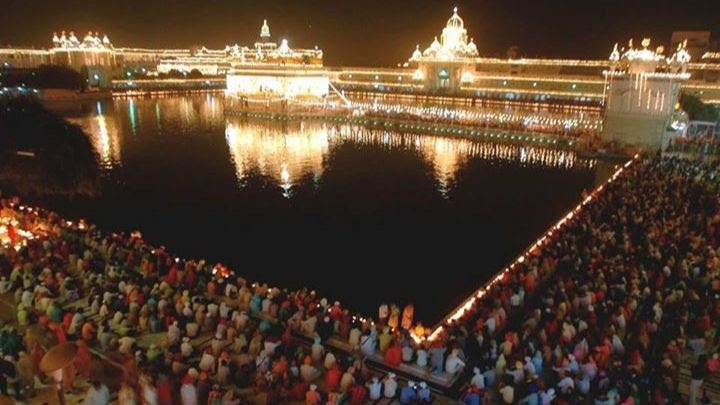
For many, Diwali is a celebration of Lord Rama’s return to his kingdom, Ayodhya, after 14 years of exile, and his victory over the demon king Ravana — a story symbolising the triumph of good over evil. To welcome him home on the new moon night, people lit rows of lamps. Though the event is said to have happened around 5,000 years ago, the tradition lives on today in homes, streets, and temples across India.
The festival spans four main days, each with its own significance. One of the days is celebrated as the Hindu New Year in many parts of India, particularly among business communities. Traders settle accounts and start fresh, adding a sense of renewal to the festivities. The main day of Diwali is always on a new moon night, where the lamps and fireworks seem to shine extra brightly.
For first-time visitors to India, Diwali is an experience that hits all the senses. For Kiwis who are used to the quiet winter evenings, the festival’s colour, noise, and energy are a revelation. Guests are welcome with warmth everywhere – a level of hospitality that many may find delightful. It is a pretty cool experience to see India’s rich culture and centuries-old traditions still alive in people of all ages and communities.
The image above shows Diwali at the Golden Temple in Amritsar. Devotees light thousands of oil lamps around the holy lake, share sweets, and sing devotional songs, creating a serene and magical atmosphere that lasts late into the night.
LAL MAAS
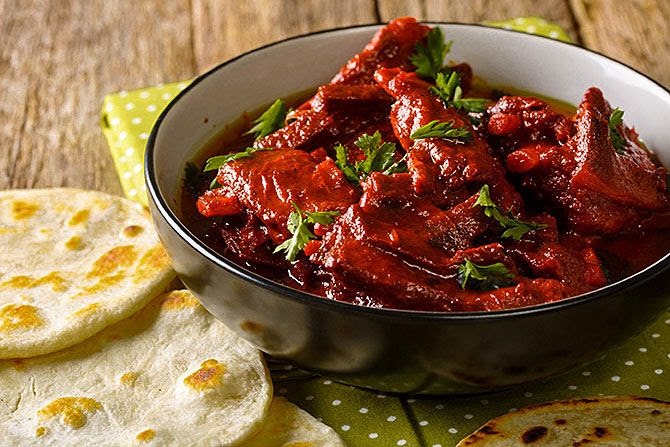
One of the must-try dishes when in Rajasthan is the Laal Maas, a dish that is unique to this part
of India.
Lal Maas, which literally means (Red Meat), is a spicy dish that dates back to the 10th century. It is a red, spicy meat curry that's straight out of the Royal kitchens of Rajasthan. It was consumed at royal hunting expeditions or when they were at war.
Legend has it that Laal Maas was ‘invented’ when a king from Rajasthan rejected the deer meat that was served to him due to the pungent gamy odour. Through trial and error, the cook made it spicy with copious amounts of Mathania chillies (named after the region in Jodhpur where these chillies are cultivated). Legend also has it that the cultivation of Mathania chillies is done with soil from burial grounds; that’s where it gets the heat from. A specialty of that chili is that it is hot, but it will not kill your taste or make you numb. It will make you sweat, though.
Today, it is mostly available as lamb meat, but the initial version of the dish was made with any game meat hunted by the Royals. The dish was developed keeping in mind the extreme heat and limited access to water in Rajasthan. Its unique preparation style serves the purpose of preserving it well after it's cooked, and the spices enhance immunity and metabolism, ideal for the warriors.
When we are in Rajasthan, we will enjoy authentic Lal Maas, just the way it was intended for the Royals. We know chefs whose generations have cooked this dish for the Royal families. We also know that they don’t like it when we ask them to water down the heat. They bring out a glass of cold milk with the food instead.
CASSIA AT HOME OFFER
